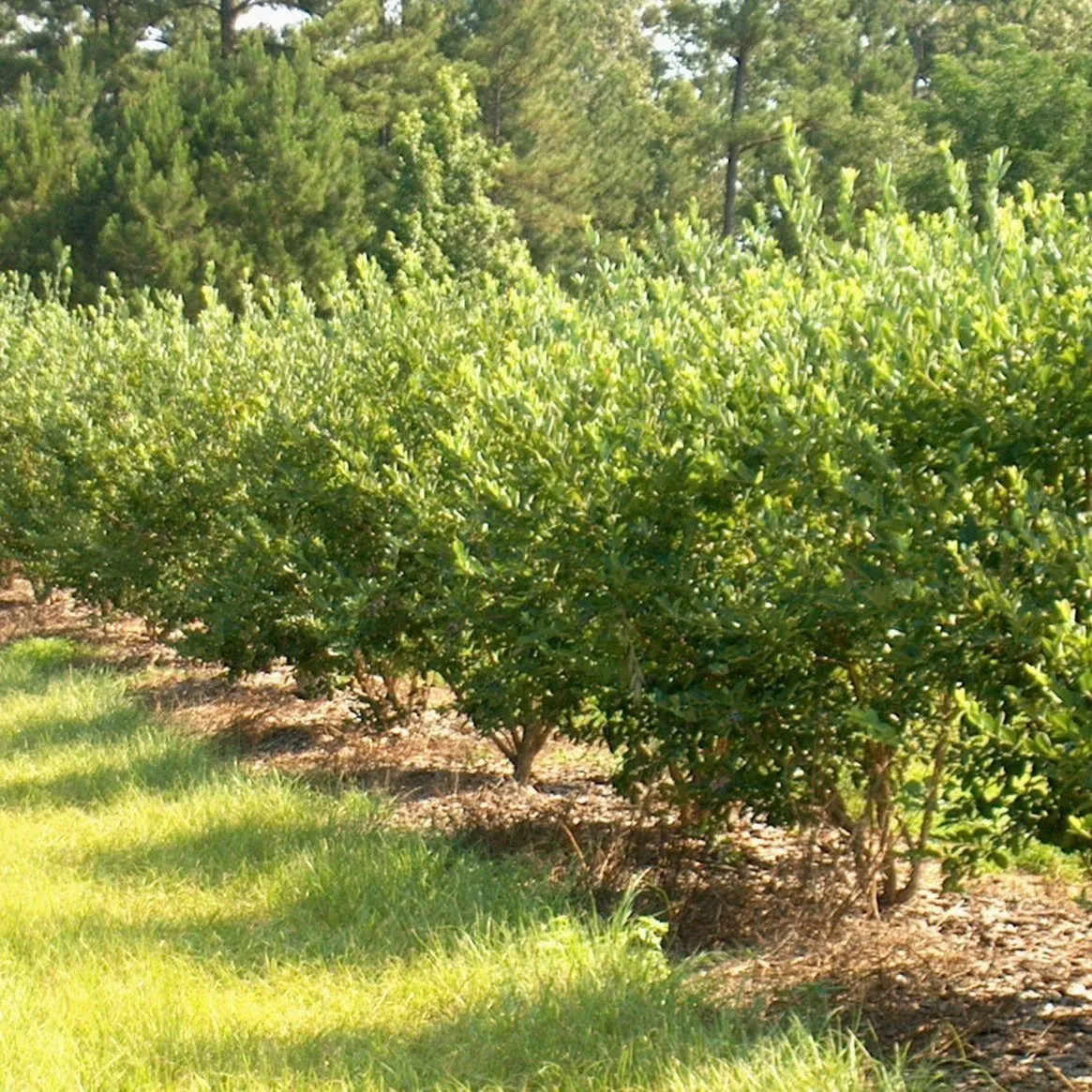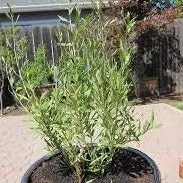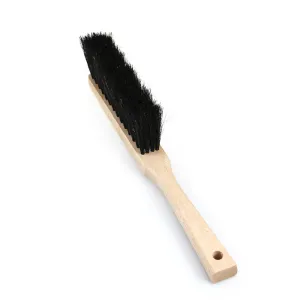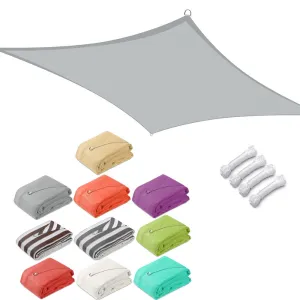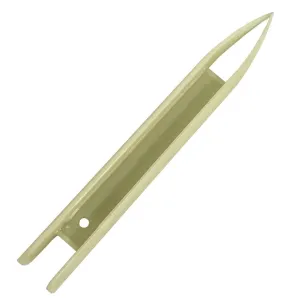Introduction
Low Maintenance Super Fruit
- Full of antioxidants, amino acids, essential fatty acids
- Just plant and pick!
- Makes a great hedge
- Disease resistant
Description
Just plant and pick! It’s that easy with the Goji Berry. Not only is the Goji Berry low maintenance, but also packed with nutrients that most find hard to resist! Goji Berries are also known as wolfberries. This 'Super Fruit' is believed to treat a variety of ailments and diseases. They are packed full of antioxidants, amino acids, essential fatty acids and are commonly used to reduce inflammation. They are safe to eat right off the bush!
Goji Berries here in the United States are not treated with chemicals like those in China. Features: The Goji Berry plant is by far one of the easiest plants to grow. It is disease resistant, very rarely bothered by insects and animals such as deer and rabbits stay clear of it.
Therefore, you do not have to protect your plant with chemicals to keep it safe from harm. Goji are drought tolerant and prefer well draining soil. The Goji plant flourishes in zones 5-9. It is able to endure a variety of climates. Goji plants are able to tolerate extremely cold temperatures (as low as -18 degrees), dry conditions and humidity.
The Goji Berry plant likes both ground and containers. They are able to grow in both sun and partial shade. However, the harvest will be greater with more sun. When it matures the Goji Berry will yield close to 7 lbs. of berries a year under the right growing conditions. Bright red, delicious berries appear around the second season. This Goji plant will continue to produce year after year.
The longer you have them on the bush the sweeter they will taste. What’s better than having a healthy snack growing right in your own yard? You can eat them fresh, freeze them, dry them or even juice them! The possibilities with this 'super fruit' are endless. These self-pollinating plants do well by themselves but thrive when planted in multiplies. This will guarantee berries all year long!
How To Care
When planting your Goji Berry be sure to choose the right location and conditions for your new plant to thrive. Spring and Fall are ideal times to plant. However, if you avoid extreme temperatures you can plant your Goji Berry plant almost any time of the year. Goji Berries thrive in full sun and are adaptable to a wide range of soil types as long as they are well-drained. Water deeply when planting and 2-3 times weekly for 3 months while your Goji Berry plant is establishing.
After establishing, water as needed when the ground is dry. Adding a layer of 2 to 3 inches of mulch is highly recommended. Mulching helps to maintain soil moisture, protects roots, controls weeds, and gives added protection during extreme temperatures. Fertilize with a tomato fertilizer in early spring and when your plant begins to flower for best results. Keep the fertilizer quantity light as Goji Berries are very sensitive to salts.
Goji Berries grown in containers will need fertilized more often as nutrients leech out of the pot when you water. We would recommend early spring around when your buds begin to pop, during flowering, and as the fruit begins to ripen. Late winter is a great time for pruning any dead or crowded branches and maintain shape. Summer is a good time to tip canes to encourage lateral branching. This helps to increase fruit yields. The best way to prevent disease and pests is by providing the appropriate care for your plants.
Proper location choice, watering, and fertilization are the keys to your success. Treat mites, leafhoppers, thrips, and aphids naturally with neem oil, spinosad, or insecticidal soap. On occasion fungal issues can arise, mainly in wet years. These can be treated with fungicides, but fungicides are much more effective used as a preventative rather than a treatment. If you have recurring fungal issues treat with fungicides in early spring to prevent infections.
Landscape Ideas
Goji Berry plants are perfect for small corners or your landscape or even clustered in groups. They could grow up to 10 ft tall. You also have the option of growing them in containers which will keep the Goji plant smaller.





